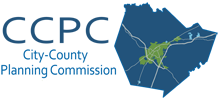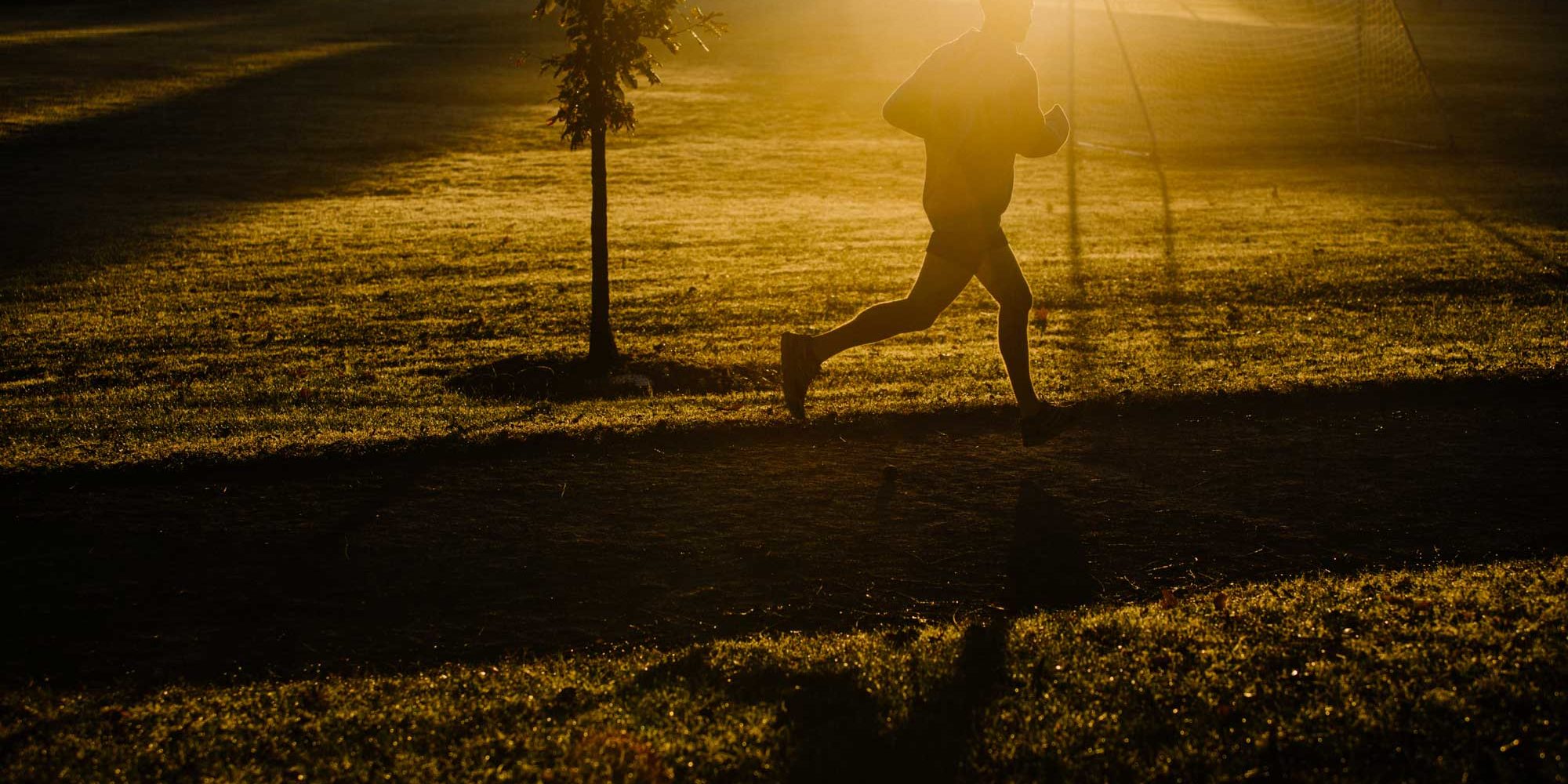It’s no secret by now: the coronavirus has completely rocked our lifestyles as a society. As people continue to work from home and “shelter in place”, it’s very easy to see the instant impact on our community. Businesses have scaled down and people are isolating. But with every cloud comes a silver lining.
Since the coronavirus really started affecting all of us in the state of Kentucky a few weeks back, I think I’ve seen more people running, walking, and biking in town than I have in the last 20 years. The amount of vehicle traffic, naturally, is down some as well. And it’s not just in Bowling Green: cycling in NYC is up 52%, bikeshare in Chicago has doubled, and European cities are offering support to new riders who are “taking to the streets in droves”, says CityLab.
And here in Bowling Green, people seem to have adapted quickly to the new lifestyle. Smiling families filter by in schools up and down Covington Street; flocks of runners pound the sidewalk up and down Cabell Drive; people young and old walk their dogs around Chestnut Street and College Street. And that’s only the side of town where I live. From everyone here I speak with, it’s not an isolated incident: these habits have picked up on every end of the county.
To see people exercising and making the most out of a difficult and unexpected situation is encouraging to see. Not just that they’re “getting out there”, but it seems people are listening and exercising caution as well. I see so many avoid large groups (besides the occasional family), make space when passing each other, and attempt to execute the encouraged social distancing guidelines. Even as we’re more physically separated than we’ve been in my lifetime, it does feel like we’ve come even closer as a community in many ways.
The longer this goes on, the more there will be a question of whether this is a habit people stick with or if it’s simply temporary. As of right now, it’s a very complicated question to answer. If the world began turning again tomorrow, maybe it wouldn’t stick. Various sources say it takes three weeks to two months to break an old habit and start a new one. But as this continues to tread on for weeks or possibly months, it raises eyebrows. Will this virus spark a long-term change in our values and lifestyles?
On the back of that, I think it raises a lot of questions about how we will adapt our transportation systems if that’s the case. As I drive around, I find myself being more visually vigilant when watching for cyclists, runners, and walkers. I, among other drivers, am being more conscious to “share the road”. As people continue to use our infrastructure in place, will there be a call for expansion or improvements? Will people be more vocal for bike lanes or sidewalk repairs? And further, will our priorities change? Will we, as a community, place more emphasis on true multi-modal transportation or will we defer back to auto-centric habits?
Some of these ideas may sound a little premature, and they are at this stage. Every day, however, they become more relevant. Social change tends to be slow, but large events like the pandemic we’re currently wading through can be a catalyst for quick innovation. Whether this is one of those such instances will be something we keep an eye on and plan for in the coming months.
– Zack Jones, CCPC staff

